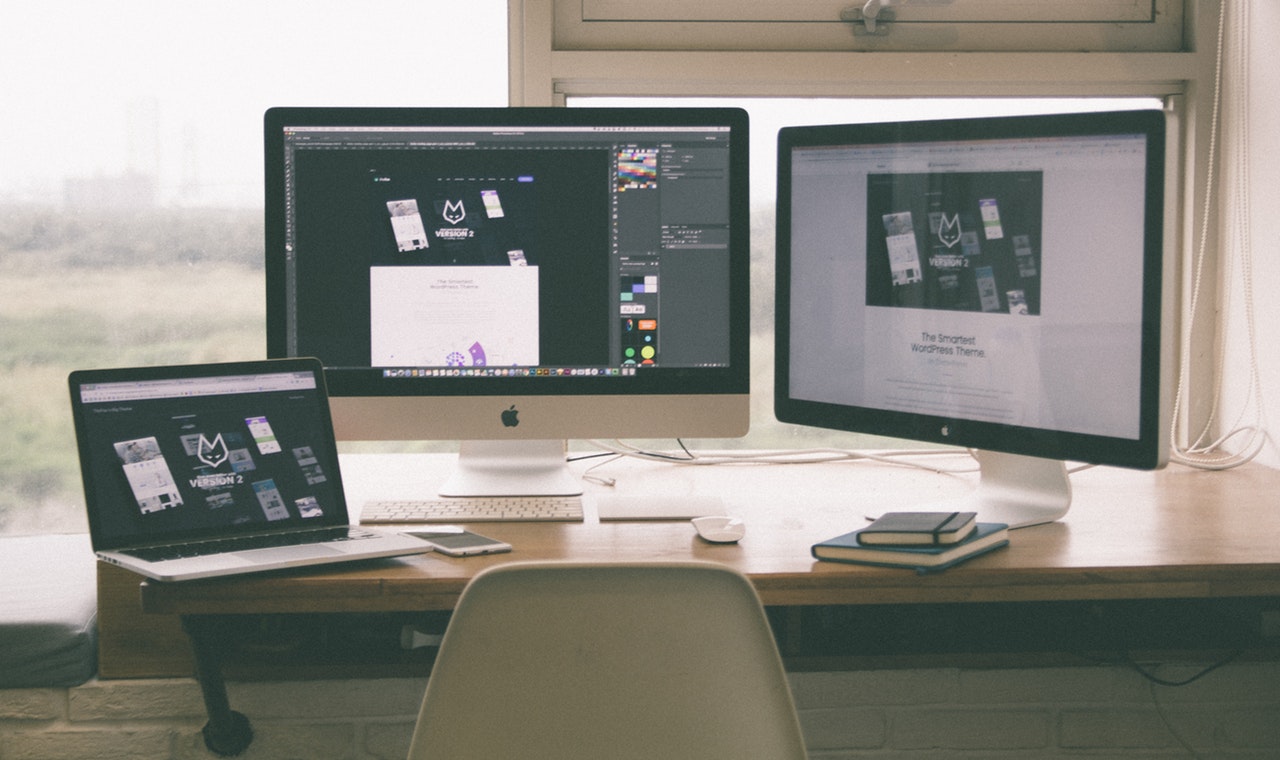Most people don’t have any time to waste in the fast paced world we live in today; something that has found its way into the world of web design as well. Given the wide variety of choices users have when it comes to browsing the web, their needs must be fulfilled by your expert web design.
Online users visiting your site are bound to go to other sites if they encounter slow download speeds even if the design of the site is highly attractive. To ensure that time is on your side, what do you need to do? Read on to learn seven useful tips you can use to ensure that your website’s download speed, and your custom website design does not stand in the way of the success of your business.
-
Utilize Flash Video Sparingly
You must limit your use of flash in your website since even though it is part and parcel of expert web design; it is also a great example of choosing style over substance. In addition to the fact that this web design element increases the download speed of your website, most visitors will probably not have the necessary flash player. Furthermore, including flash in your website does nothing for your SEO efforts as search engines, at present, cannot access it.
-
Image Files Should Always Be Compressed
When it comes to professional web design, images flatter to deceive. When building the website, you might not understand how much space they take up. JPEG and GIF image files can be shrunk to half their initial size when compressed before being added to the website under design. To further reduce the time it takes image files to load, you can also consider setting the weight and height of the images in your HTML.
-
Keep Your Code Tidy
There are ways to increase the speed of HTML text, even though it is already much faster than graphic text. File sizes can be increased by the presence of unnecessary HTML coding elements, including white space, unnecessary tags or even spaces. You can remove tags entirely, or use defaults, and always remember that you can achieve more by using less code.
-
Thumbnails Can Prove To Be Quite Valuable
When creating ecommerce sites, thumbnails tend to be a huge asset. They make it possible for visitors to decide whether they want to see an enlarged image of the product in question, after seeing a tiny but swift loading initial image.
-
Use Cascading Style Sheets (CSS)
In place of the conventional table layout, most web designers now use CSS. In the field of expert web design, CSS is considered to be a styling language that helps achieve two main purposes; on top of decreasing download time and page size, thus saving visitors a substantial amount of time, CSS saves you time when you’re a building a website.
-
Minimize Requests To External Servers
Every time an element, including ads, audio or video clip, on your website needs to load from an external server, an HTTP request is generated. You can increase website loading times by simply decreasing the external content used therein.
-
Focus On The Size Of Web Pages
Your website’s web pages may be too big, after all the elements come together, causing a significant slowdown in the loading speeds even after putting all the above tips into practice during the web design process. Only include the most important content on the website, because, in expert web design, you can achieve more with less. 30 Kilobytes is the optimum size for a web page.

